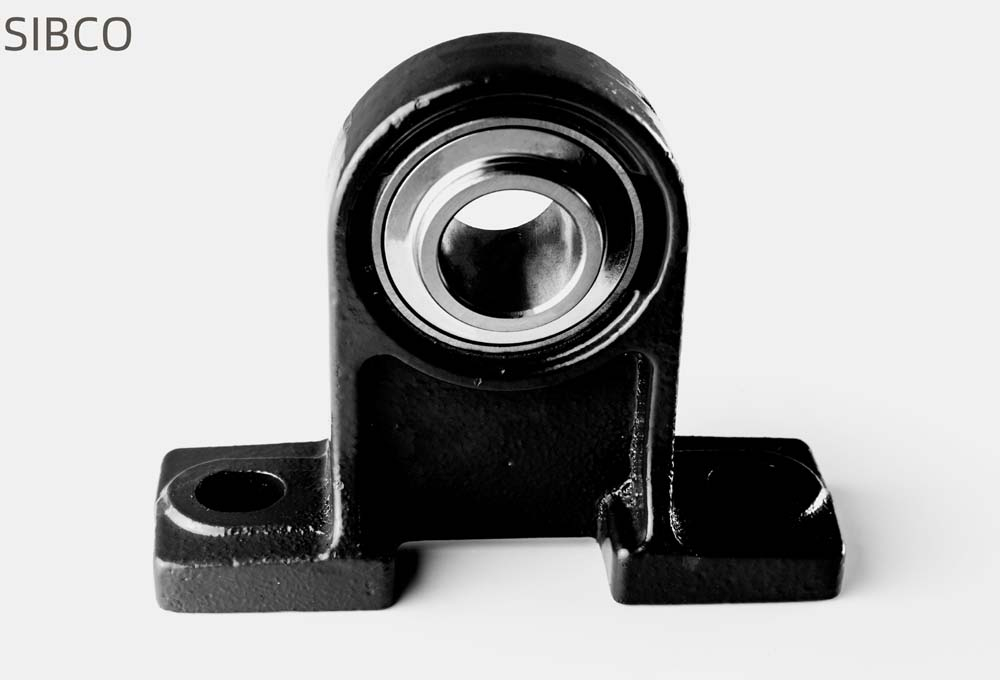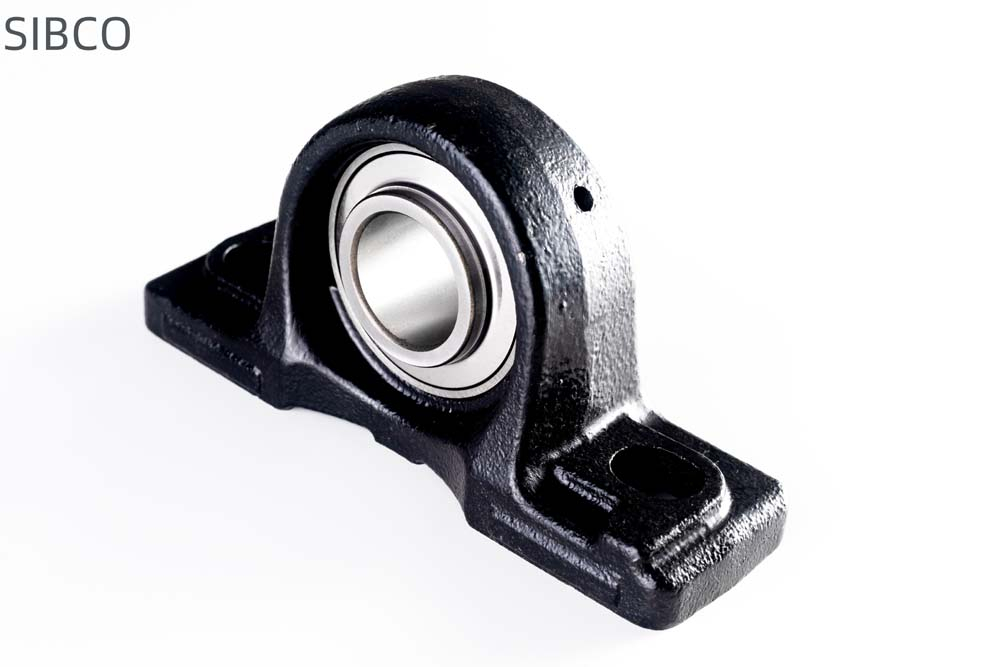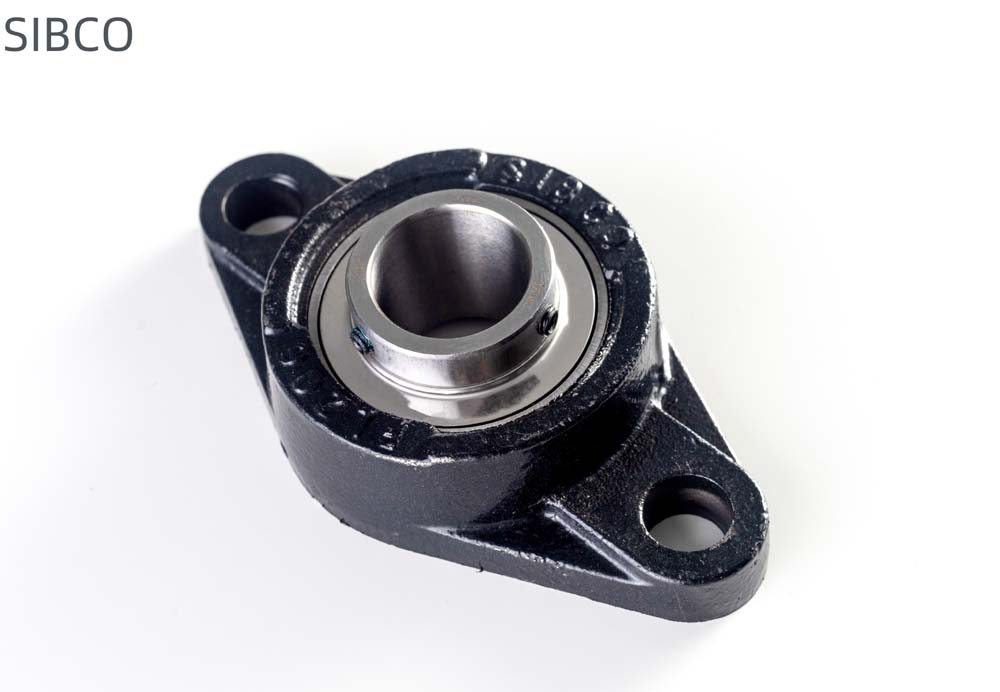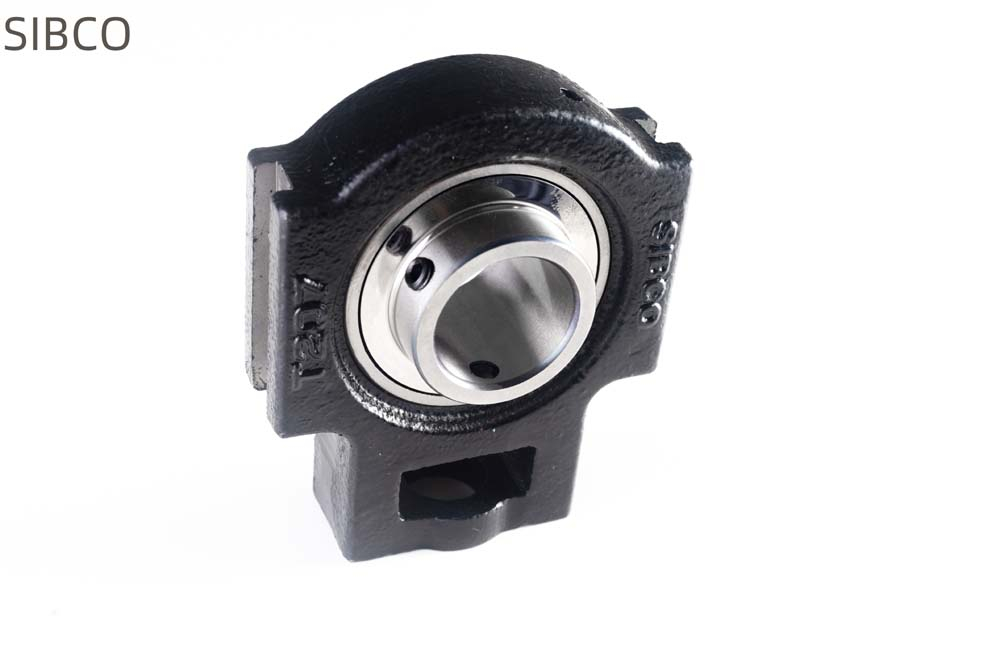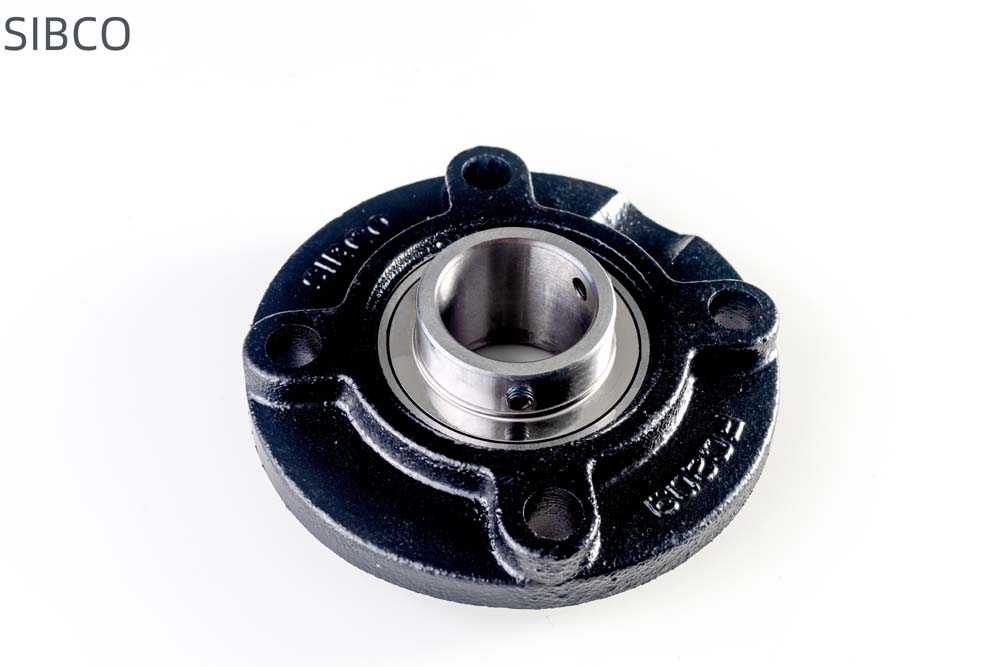What are the types of bearings and what are their advantages and disadvantages?
Release time:2025-01-12 hits:0次
There are various types of bearings, each with its own advantages, disadvantages, and applicable scenarios. The selection needs to consider application requirements, working environment, and cost. Shenzhen Jiance Electronics provides a variety of high-quality cooling fans, using high-quality bearings to ensure performance and stability under long-term high load operation.
There are various types of bearings, each with its unique advantages, disadvantages, and applicable scenarios. Here are some common types of bearings and their advantages and disadvantages:
1、 Classified by bearing direction or nominal contact angle
Radial bearing
Advantages: Mainly used to support rotating bodies and reduce friction coefficient.
Disadvantage: Cannot withstand axial force.
thrust bearing
Advantages: Mainly used to withstand axial forces.
Disadvantage: Weak radial load-bearing capacity.
2、 Classify by rolling element type
Ball bearing
Advantages: The rolling element is a ball, suitable for high-speed rotation and low load situations, with low friction coefficient and high limit speed.
Disadvantages: Relatively low load-bearing capacity, not suitable for high load environments.
roller bearing
Advantages: The rolling elements are rollers, suitable for high load and medium speed applications, with high load-bearing capacity.
Disadvantages: Compared to ball bearings, it has a higher coefficient of friction and a lower limit speed.
3、 Classified by whether it can regulate the heart
Self-aligning bearing
Advantages: It can automatically adjust the position and is suitable for shafts that are not centered or tilted. It has automatic centering performance and is not easily affected by angle errors between the shaft and the bearing housing or shaft bending.
Disadvantages: Compared to non self-aligning bearings, its structure is more complex and the cost is higher.
Non aligning bearings (rigid bearings)
Advantages: Fixed position, suitable for situations that require precise positioning, relatively simple structure, and low cost.
Disadvantages: High installation accuracy is required for the shaft and bearing housing seat, and the position cannot be automatically adjusted.
4、 Classify by the number of columns of the rolling element
Single row bearing
Advantages: Simple structure, suitable for simple mechanical structures.
Disadvantage: Limited carrying capacity.
Double row bearings
Advantages: There are two rolling element columns with high load-bearing capacity.
Disadvantages: Compared to single row bearings, its structure is more complex and the cost is higher.
Multi column bearings
Advantages: There are three or more rolling element columns with very high load-bearing capacity.
Disadvantages: Complex structure, high cost, relatively difficult installation and maintenance.
5、 Other common types of bearings
Deep groove ball bearing
Advantages: Mainly used to withstand radial loads, but can also withstand certain axial loads, with low friction coefficient, high ultimate speed, and high accuracy.
Disadvantage: It may perform poorly when subjected to large axial loads.
Tapered roller bearing
Advantages: Equipped with conical rollers, it can withstand combined radial and axial loads, with high load-bearing capacity.
Disadvantages: Compared to other types of bearings, its structure is more complex and the cost is higher.
Thrust roller bearing
Advantages: Used for shafts that mainly bear axial loads, with combined longitudinal loads, but the longitudinal load should not exceed 55% of the axial load, low friction coefficient, high speed, and self-aligning ability.
Disadvantage: It may not perform well in withstanding radial loads.
Cylindrical roller bearings
Advantages: Generally only used to withstand radial loads, it is relatively easy to install and disassemble, especially when it is required that the inner and outer rings have interference fit with the shaft and housing, which shows its advantages.
Disadvantage: Cannot withstand large axial loads.
Different types of bearings have their own unique advantages, disadvantages, and applicable scenarios. When selecting bearings, it is necessary to comprehensively consider factors such as specific application requirements, working environment, and cost budget.
 SIBCO
SIBCO
